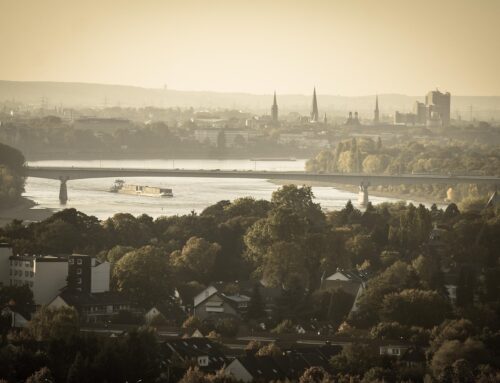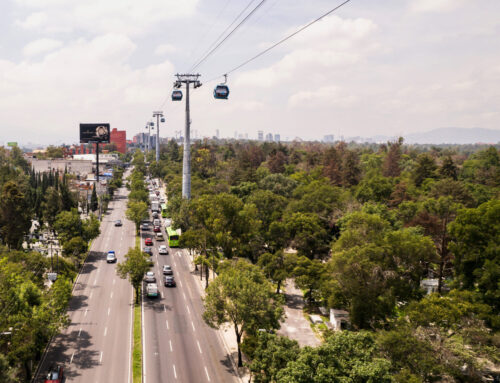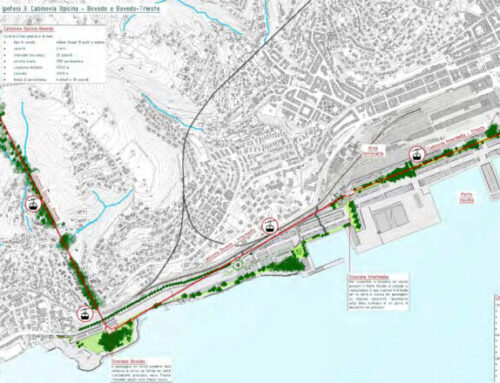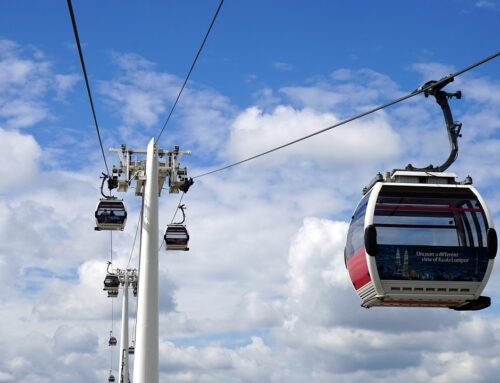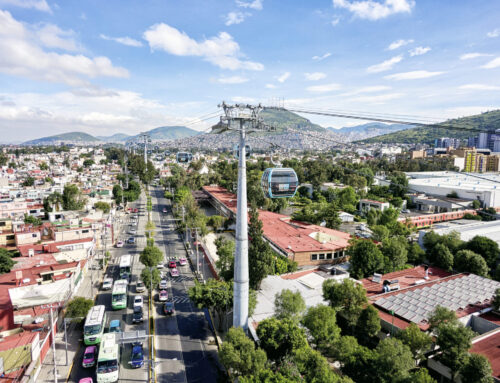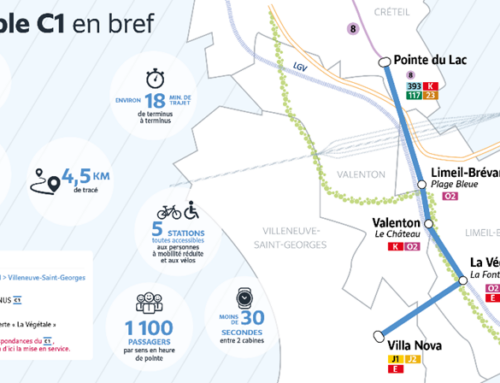
SI-Urban
Ministry guide on urban cableways provides clarity
At the end of 2020, the Federal Ministry of Digital Affairs and Transport (BMDV) commissioned the Stuttgart-based planning and consulting firm Drees & Sommer SE together with the Verkehrswissenschaftliches Institut Stuttgart GmbH (VWI) to prepare a study on the “urban and transport planning integration of urban cableway projects”. The result will be a guideline for the “realisation of ropeways as part of local public transport”. This should be available by the end of 2022.
The aim of the study and the guideline is to provide incentives to promote sustainable mobility in urban areas. Above all, cable cars should complement the existing public transport system in a meaningful way. The work is an important step towards a national standard for urban ropeways in Germany. This will serve as a guide for cities and municipalities in the future. Despite the success of ropeways in numerous cities around the world, Germany – with a few exceptions such as Koblenz – has hardly any practical experience with this mode of transport in urban environments.
Successful ropeway projects worldwide under the microscope
Examining the ropeways in the cities of Medellín, La Paz, New York, Portland, Algiers, Lisbon, Brest, Bolzano, London and Ankara is therefore one component of the joint study by Drees & Sommer and VWI. In each case, the analysis focuses on the purpose of the cable car, the planning process, the urban integration, the link with the rest of the public transport system and the effects on traffic. The aim is to derive findings for possible cableway projects in Germany.
The analysis focuses on the partly large social and political differences compared to Germany. And yet: ropeways as a supplement to existing public transport will be an indispensable option in the future. This is also true because transport in cities is increasingly reaching its limits – but above all because the means of transport can hardly be beaten in a cost-benefit comparison.


